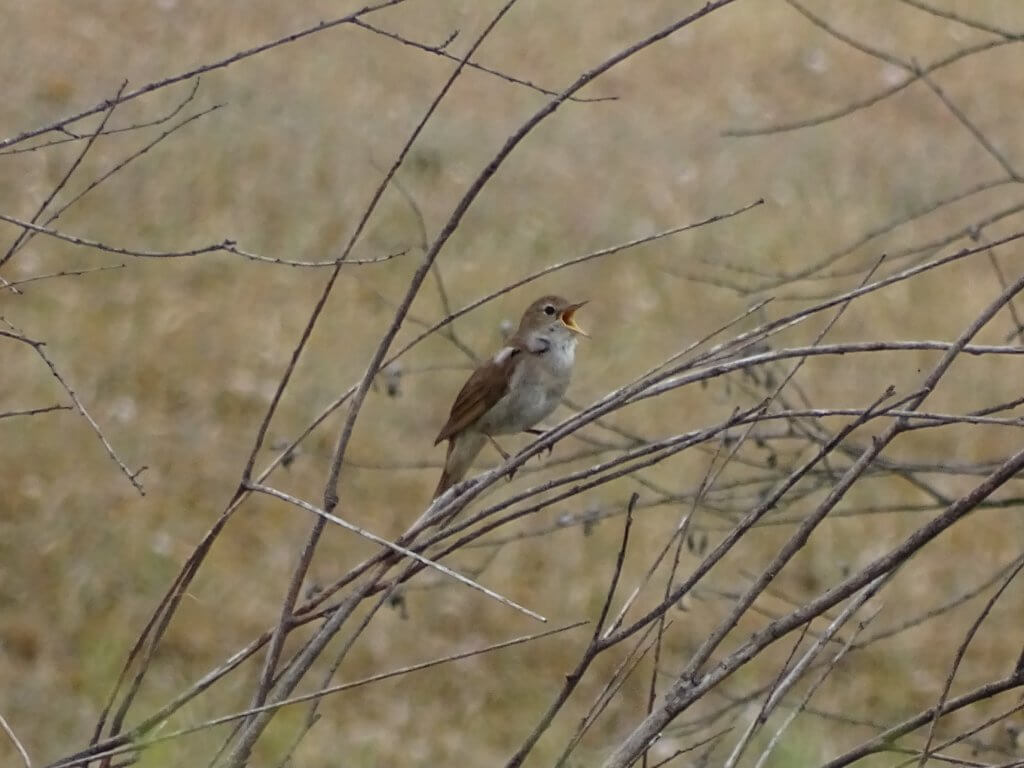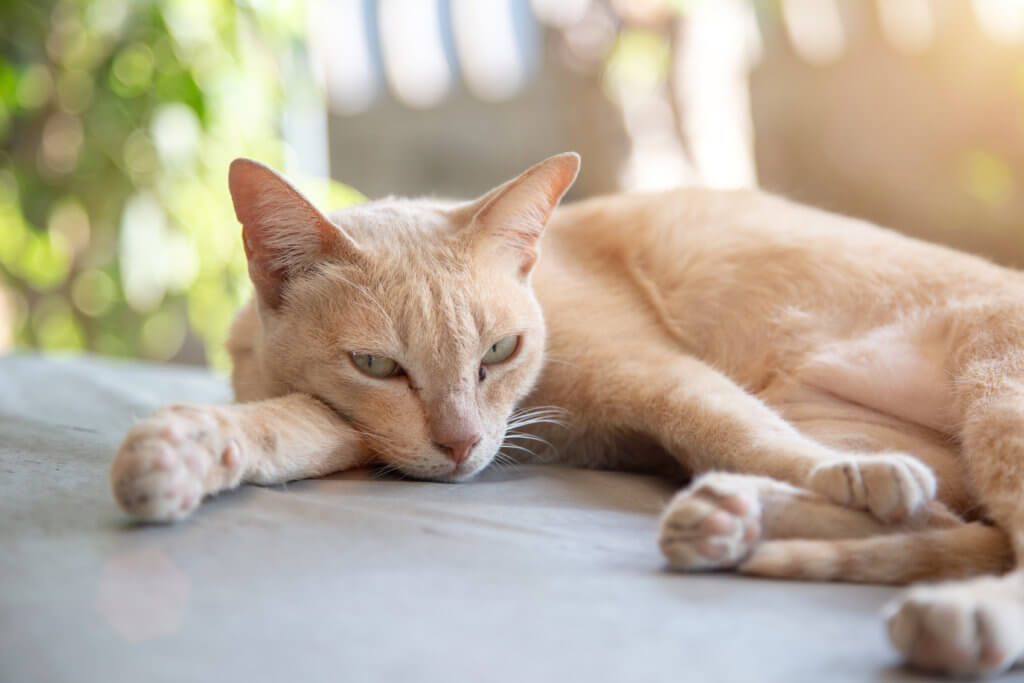
Olaf Lipor is a well-known Scandinavian naturalist with a long track record of engagement in citizen science projects. His previous Guest Blog here, about a year ago, was on the subject of a Fat Tax.
Olaf is not yet found on Twitter.
Citizen Science by Olaf Lipor
These are exciting times for us wildlife lovers, with new technology at our fingertips we are able to participate in all sorts of citizen science type projects, contributing real data to the people that matter. I would like to share with you one such new and exciting project that will be launched soon.
We are often told that Britain’s Nightingales are in decline, but do we really know this for sure? The RSPB’s website states that there are 6,700 males, but that figure sounds suspiciously rounded to me, I would bet that no one has actually been out and physically counted 6,700 birds, in my humble opinion, that figure is just a guess.

But, we now have an opportunity to get very accurate information for the Nightingale population in one area in a new trial citizen science project that Defra will be launching soon. It is expected that this method will be extrapolated out countrywide so that we will soon have an accurate number when it comes to counting these songsters.
Lodge Hill in Kent is, apparently, the best place in Britain for Nightingales. But how do we know this for sure? We need an accurate way of actually physically counting the birds. The government own the site and because of the supposed number of Nightingales breeding on it they have had to adapt their plan to build houses on it. In a conciliatory move, showing this governments green credentials to the full, they have now changed their plans to only build houses around the site and not actually on it.
We should all applaud this decision. It is good news for the house developers, good news for the Nightingales and it gives us a great opportunity to count exactly how many Nightingales are actually there. We are a nation of cat lovers, and these magnificent animals not only provide solace for our own miserable existence, they also provide a wonderful tool for measuring wildlife diversity. How many times have I chuckled to myself when, because of my cats wonderful ability to kill wildlife, I have discovered I actually had Dormouse living near to my house, or rare bats, not to mention countless bird species I didn’t even know were there.
Defra estimate that there will be 500 cats in the new housing development around Lodge Hill and they will be launching an incentive based scheme with the new house owners (can’t go into detail, but it does involve a pet food manufacturer!) to get them to use their cats to solve the question of just how many Nightingales are present on the site. Like all good ideas it is so simple. All the owners have to do is count the number of dead nightingales brought back to them by their delightful feline predators and at the end of the summer a crack team of Defra analysts will count them up and, hey presto, we will finally have a figure for the number of Nightingales at Lodge Hill. No more rounding up, no more ‘guestimates’, just pure and simple science.

The real beauty is that this survey can be repeated every year afterwards and if it shows that the Nightingales are indeed declining, then the developers will be justified in their quest to develop the site as it will be scientifically proven that actually the Nightingales aren’t overly bothered about using it. Citizen science at its best.
BIOGRAPHY
Olaf Lipor grew up in northern Lapland, where he extensively studied the hallucinogenic effects of various fungi species. Olaf has been involved in many pioneering natural history studies and is the author of many books including the famous ‘Nest Building Techniques of the Common Cuckoo’ and ‘The Hibernation Strategies of the House Martin’.
[registration_form]
Of course there will need to be intensive ID training of the residents to ensure these are Nightingales and not Dunnocks. Cats should be trained to bring the birds in alive so that the song is definitive confirmation of species!
Yes but don’t you need to sort out some basic variables first?
1. The exact number of cats, year on year, taking part in this project.
2. The number of dogs about. The more dogs, the more cats chased, the less birds caught.
3. Brexit. If it goes ahead, less chance for cats to go on their spring hols abroad. More birds caught.
4. Mrs Schrodinger’s cat – where was it when it caught the Nightingale?
5. Brexit. The length of time cats will be thinking about negotiating complex trade deals over the next few years.
6. The Norway solution. The time spent by cats thinking that things are pointless.
So, you’ll need an expert statistician to design out all these variables, thereby ensuring that Britain remains number one when it comes to doing CS.
Ha Ha! Very Swiftian!
Brilliant
I do appreciate a good anagram
I notice no-one in the media can do an A.F. about brexit as no-one can think of anything more ridiculous than what has actually happened. Colleague did freak me out a few days ago though, by saying ‘when Britain votes to join the USA….’ That’s when I do emigrate.
There was a piece in the Guardian about a proposal for post-Brexit ‘healing tsar’. Lib-dems allegedly were backing Bob Geldoff for the role while Labour supposedly favoured Alice Nutter of Chumbawumba and the Tories wanted David van Day of – it said – Bucks Fizz.
Geldoff was claimed to be reworking his ‘Do they know it’s Christmas?’ hit for the purpose with a new chorus ‘Heal the island, let them know it’s bonding time’!
20 out of 10, Mark! Forgot the date, so just started reading….. wish you could have seen the steam/smoke coming out of my ears, though probably just as well you didn’t get the sound!
I thought this was a joke until I saw Defra were involved!!!
What utter tripe! Too much sampling of the fungi would be my analysis by all parties.
Or just a good April fools joke – maybe! The trouble is the truth isn’t that much of a laughing matter. This man may be the figment of imagination of a fertile (there is another word) mind, but the reality is he’s very much alive and kicking in our conservation organizations.
I would roll on my back with my legs rotating in the air in hysterics, if I thought this was just an elaborate joke. But it’s a prime example of what’s wrong within the conservation movement. Having a business background outside conservation I had no prejudices or conceived thoughts on how our nature organisations are run, but unfortunately for five years we have had to deal with them and now my views have crystalized.
If you thought the nightly Brexit fiascos you are seeing on the News is chaotic, then that doesn’t compare to the serious fragmentation, disorganization and sheer incompetence of our conservation organizations.
Hee hee a good April Fools joke. Trouble is Theresa Coffey might see this and adapt the methodology for other surveys.
Ah, but the whole experiment will fall apart when NE issues a special licence to cull the cats!